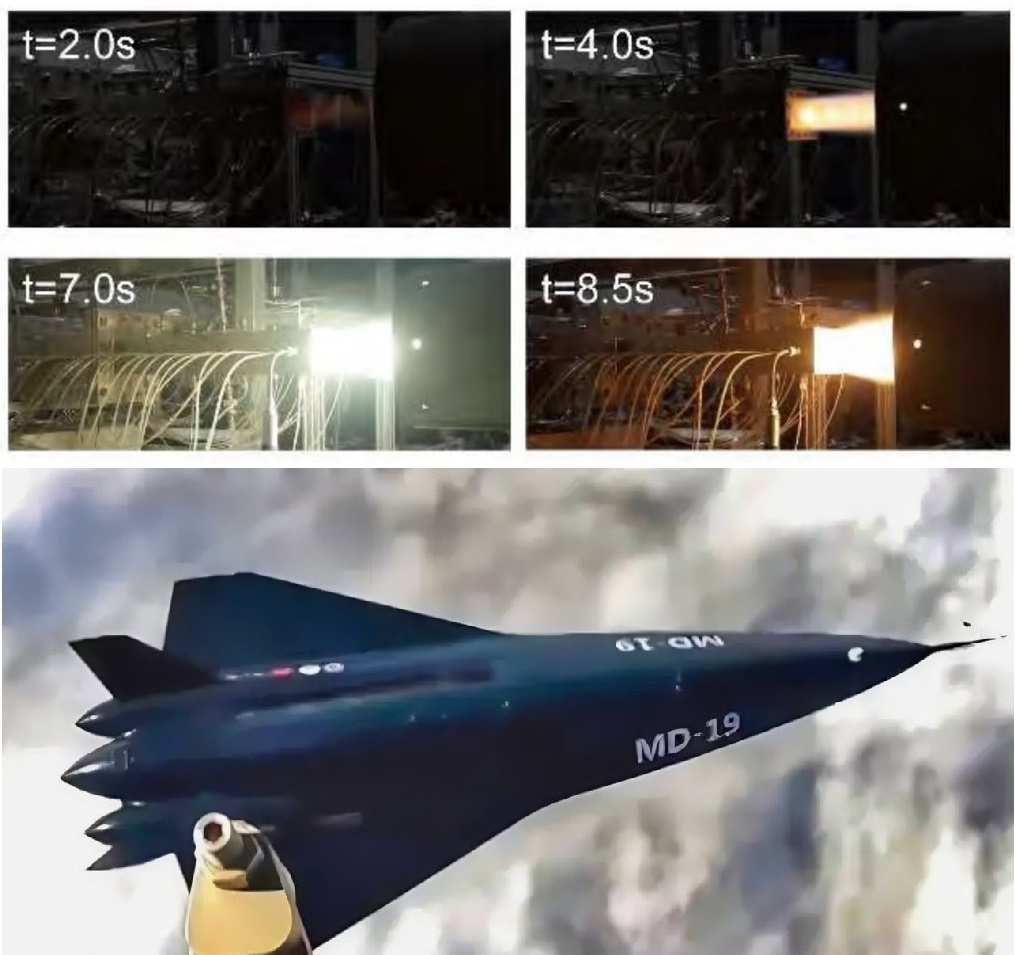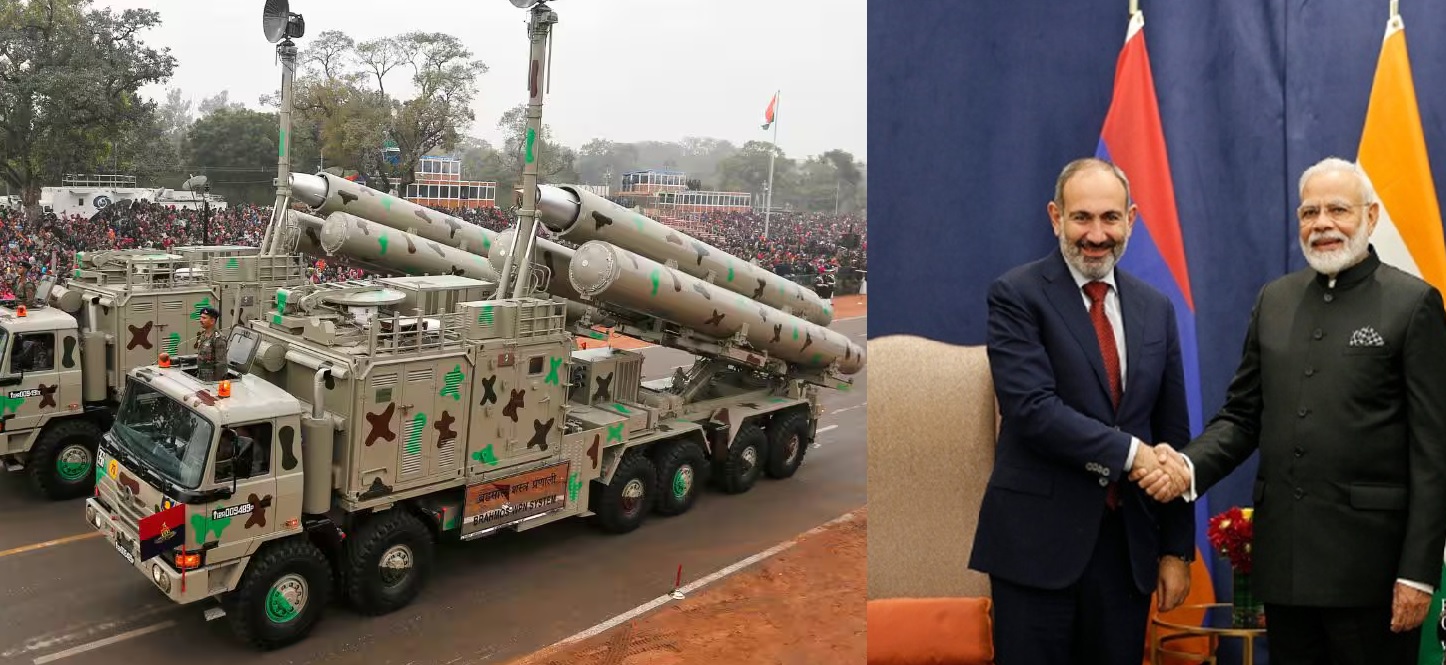Russia Confirms HAL Has 50% Capability for Su-57E Production in India

India has invited Russia to review Hindustan Aeronautics Limited’s (HAL) facilities in Nashik for possible production of the Su-57E stealth fighter aircraft. The invitation marks a continuation of the long-standing defense cooperation between the two countries and comes ahead of Russian President Vladimir Putin’s upcoming visit to India. According to the Russian delegation’s assessment, HAL currently has around 50 percent of the required infrastructure to start limited local production of the aircraft, with further upgrades and investment needed to achieve full capacity.
The joint assessment covered HAL’s key facilities in Nashik, Koraput, and Kasaragod. The Nashik plant, which presently assembles Su-30MKI fighters, was found suitable for adaptation to the Su-57E production line with moderate modifications. The Koraput division, responsible for engine production, and Kasaragod, which handles avionics and testing, were also reviewed. The Russian team noted that HAL’s existing facilities are technically sound and could be upgraded with relatively minimal disruption to current operations.
Preliminary findings suggest that about 30 to 35 percent of the existing equipment at HAL can be reused, while the remainder would need modern digital manufacturing tools and machinery designed for stealth aircraft. HAL’s internal estimate puts the required investment for modernization and new infrastructure between ₹8,000 and ₹10,000 crore (around USD 1 billion). The upgrades would include new composite fabrication lines, radar-absorbent material (RAM) coating facilities, and testing infrastructure suitable for low-observable aircraft.
HAL is preparing a detailed report for submission to the Ministry of Defence (MoD), outlining its current capacity, the necessary improvements, and the estimated costs. The report will also include plans for workforce training and R&D coordination. Once approved, the proposal could move toward a formal partnership framework during the upcoming India-Russia summit.
For India, the potential Su-57E production would be a step toward expanding its domestic aerospace manufacturing capabilities. Local assembly would reduce dependency on imports, while creating opportunities for Indian suppliers in precision engineering, composites, and avionics production. The project would likely involve a wide network of Indian companies and could support skill development in advanced aircraft technologies.
The Su-57E collaboration is also expected to support India’s ongoing Advanced Medium Combat Aircraft (AMCA) program by giving engineers and technicians practical experience in working with stealth structures, composite airframes, and integrated sensor systems. Both aircraft programs aim to strengthen India’s aerospace industry, though AMCA focuses on a fully indigenous design for future requirements.
The Russian assessment has also reaffirmed that India’s industrial base, especially at HAL, has matured enough to take on complex aerospace projects with international collaboration. If the proposal is approved, Nashik could handle both Su-30MKI and Su-57E production lines with phased modernization.
This development highlights a practical step in India’s effort to advance its fighter aircraft manufacturing capacity while maintaining strategic cooperation with Russia. The focus remains on industrial readiness, technology transfer, and gradual integration of local expertise rather than rapid expansion. The outcome of the ongoing reviews and the upcoming bilateral discussions will determine how soon the project can move from evaluation to implementation.
✍️ This article is written by the team of The Defense News.






